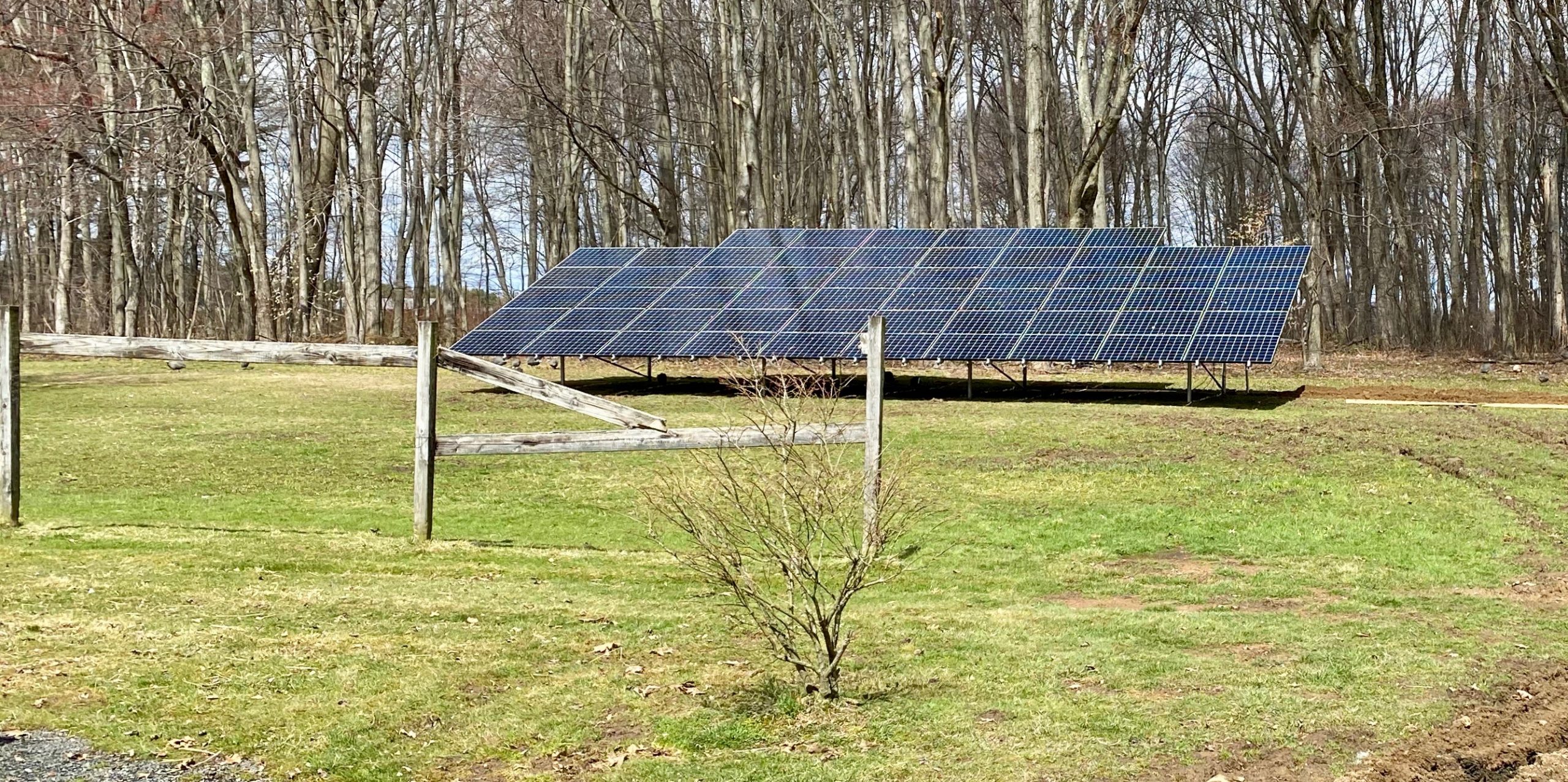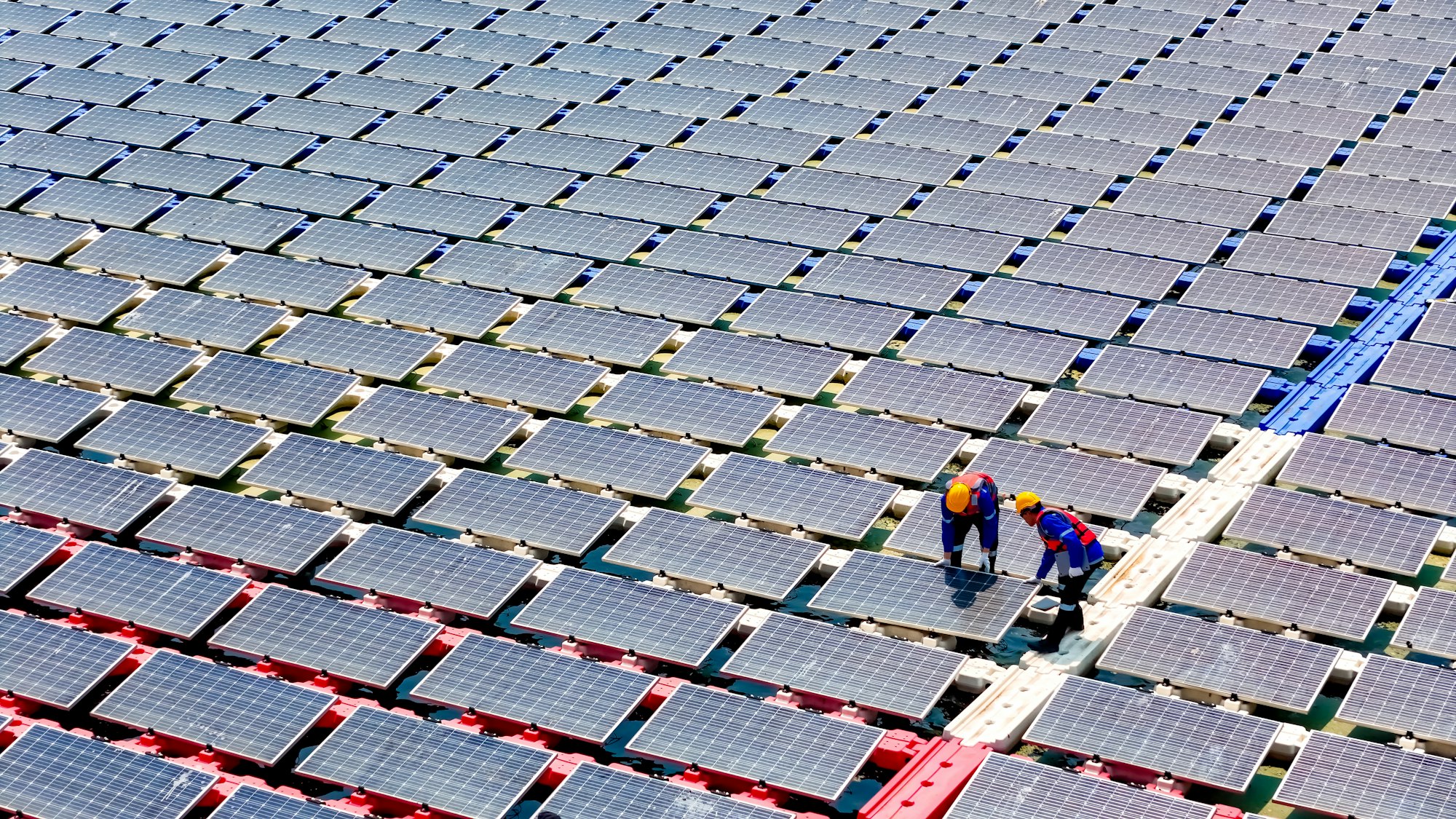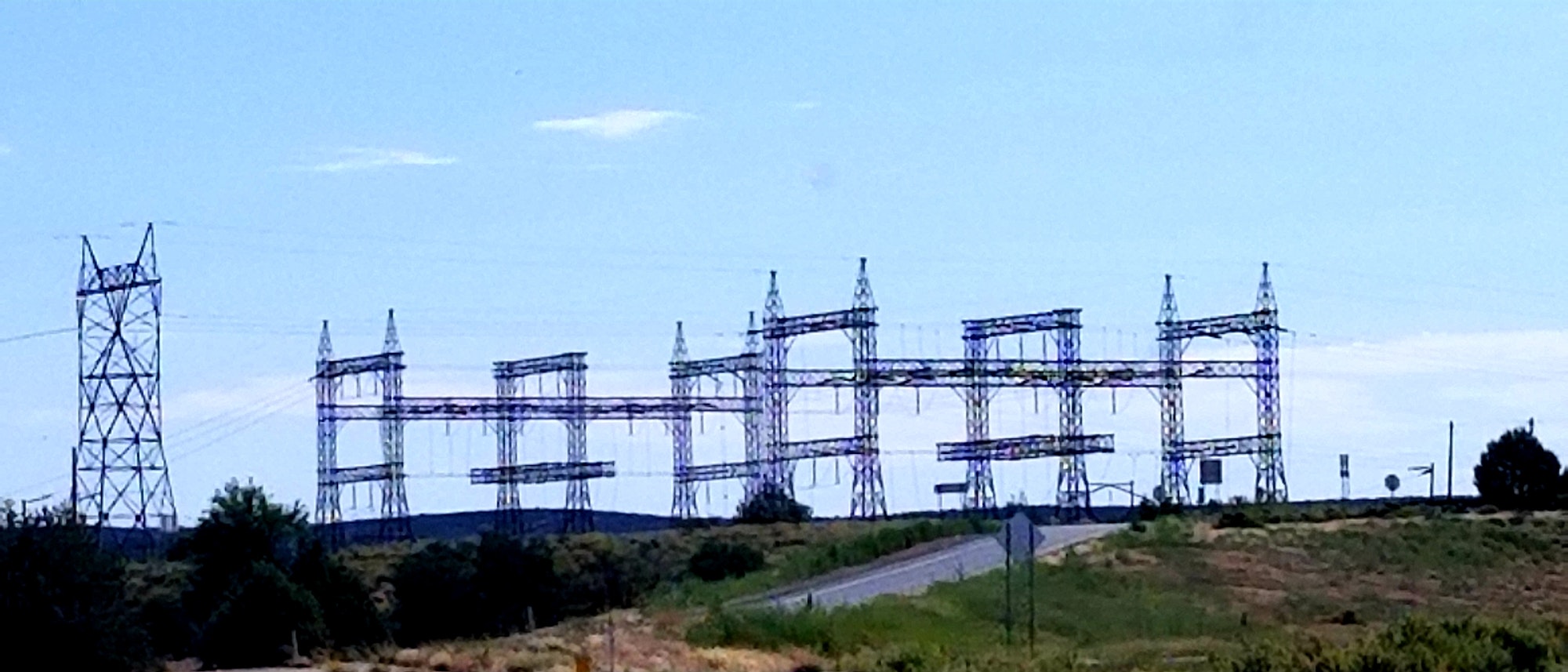How do solar panels work to convert sunlight into usable energy? In this article we are going to break down exactly how a solar panel works and everything that goes into making your solar system produce the energy you need.
Part One: How a Solar Cell works
Individual solar cells make up a solar panel. E-Series and X-Series panels have 96 cells and A-Series panels have 72 cells made from ultra-pure monocrystalline silicon, a semi-conductive material. These cells are then covered in an anti-reflective coating to help them capture the maximum amount of light.
Why Monocrystalline Silicon? Monocrystalline silicon is made by forming silicon into bars and cutting it into wafers. This single-crystal silicon maximizes the mobility of electrons to move, increasing the cell efficiency. The more electrons can move, the more energy is captured. You can read more about monocrystalline vs. polycrystalline solar cells here. When sunlight hits a cell, the photons from the rays knock the electrons free from the silicon, starting the flow of electricity. Conductive copper plates on the back of the cell gather the electrons and transfer them through wiring to your microinverters.
Part Two: DC to AC
Sunlight converts only to DC energy. Solar panels real work comes in as they convert this DC energy to usable AC energy in your household. Microinverters are installed on every SunPower solar panel and allow the panels to operate and independently convert energy from DC to AC. With a microinverter, a SunPower panel can operate and maximum capacity and energy at all times. In contrast, a traditional DC string inverter system has no flexibility when it comes to shading: the system is only able to perform as well as the most shaded panel. This makes microinverters the best choice for installing a residential system and getting the most energy out of your system.
Part Three: How does a solar system cover my energy needs?
We build your system out for 1 year of energy usage using either a year of your bills, or if you have just moved or are building your house, an estimate of your future needs. We then use shade readings of your roof, either satellite or physical readings, to determine how well panels can produce on your roof. This information compiled tells us how big of a solar system you need.
Net Metering also helps your system cover your energy needs. You can read our blog on Net Metering here, but it is currently available in CT, MA, and NJ. The program allows customers to bank their production for use at a later time with their utility. This means that during the day when you are not using energy, you push your unused production to the grid. When you are home at night and need energy, you can draw from your banked production at the grid. Check if your state or local utility supports net metering before you install a solar system. If it does not, you may want to consider a battery backup storage solution to distribute your energy for when you need it most.




